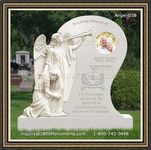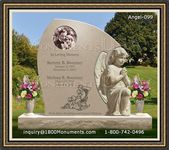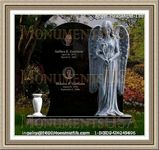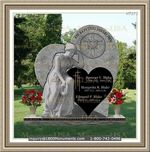|
What You Should Expect When Picking Funeral Flags
The passing of a loved ones brings many small details that will need attending. One such situation is getting all mourners from the funerary service location to the place where the body will be interred. Certain protocols are in place to assist with this, including the use of specially designed funeral flags.
The parade of mourners following the remains of an individual from the location of services to the site of interment is known as a procession. In some cultures it consists of people walking and carrying the body to its final resting place, though more commonly it is a line of vehicles. The chain is led by the hearse with the deceased inside.
As the person of honor, the deceased is carried in the hearse that leads the group. The limousine, or whatever vehicle is being used to transport their spouse, significant other, parents or children will take up second position in the line. They are followed by other family members and the rest of the guests in their own automobiles.
Police escorts are often sent to assist the group on their journey and ensure that other drivers do not interrupt the line of mourners. Instead of or in addition to official assistance, the hosting Home may supply banners to each vehicle that identifies their purpose. There are many different styles of these products.
Sometimes, wide ribbons are stretched across the hood of each car, identifying the passengers as in mourning. More commonly used are banners flown from flexible plastic rods attached to an automobile's door window. These may also be found with a magnetic base designed to firmly adhere to the metal or vinyl outside of the vehicle.
These average staff of these products is about twelve inches and made of a strong, yet flexible plastic. The pennants are thick material in an easily noticed size of approximately 6 x 9 inches. Though they come in several colors, orange, white or purple with a cross of a contrasting color in the center are most common.
|
|



























